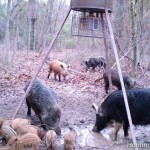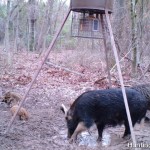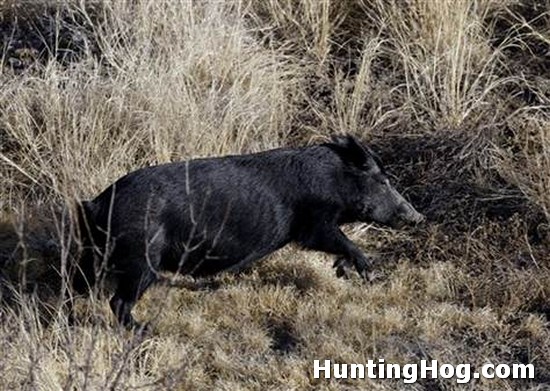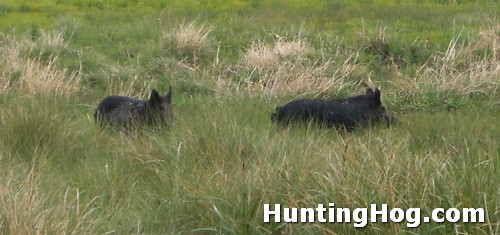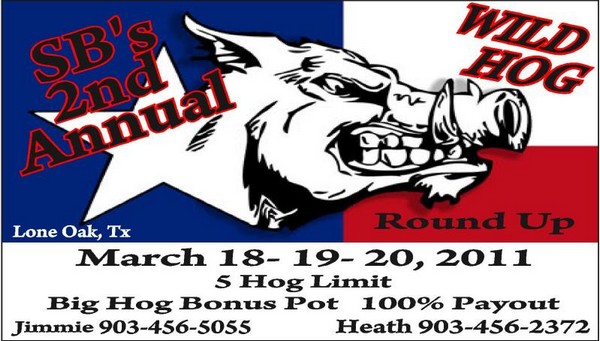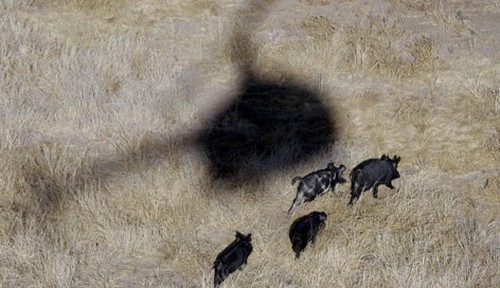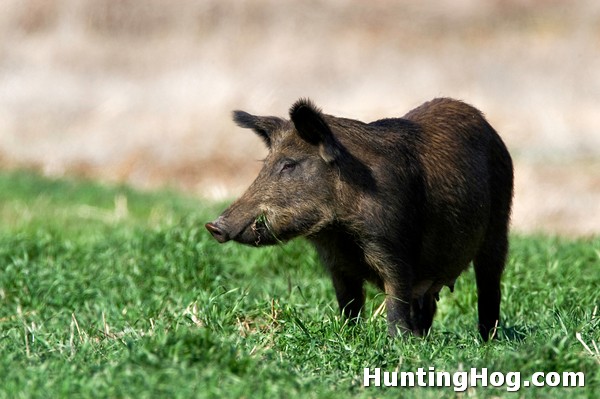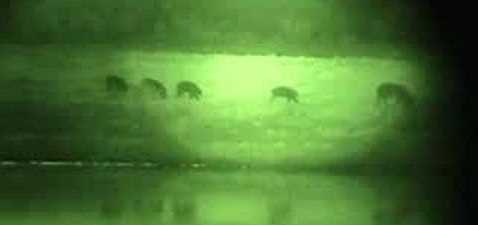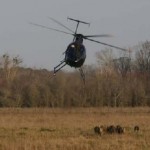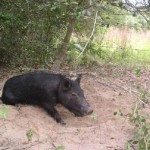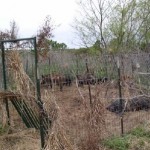The popularity of feral hog hunting is at an all-time high, so it should come as no surprise that hog hunting contests are starting to come out of the wood work! Not only is hog hunting during the late winter a good way to get through this time of year now that deer season is over, but it also helps control the ever-growing hog population. The National Wild Turkey Federation (NWTF) is sponsoring the Lone Star Wild Hog Tournament from February 26 to March 6, 2011.
The tournament objectives are to decrease the numbers of feral hogs and their impact on farmers and ranchers, educate all hunters on the impacts of feral hogs to the economy and natural habitat, provide literature on methods of trapping and transporting hogs, and provide feral hog meat to interested persons. All participants must have a valid hunting license and abide by all federal and state regulations.
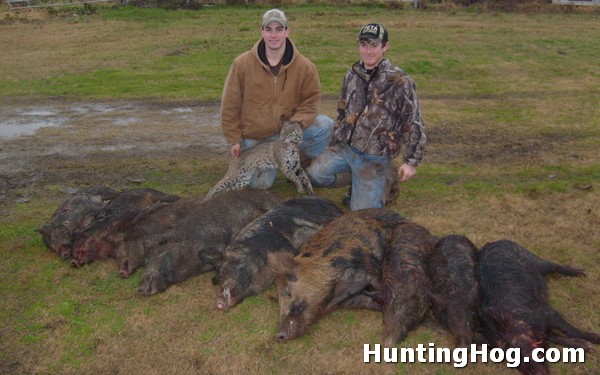
Hog hunters are required to dispose of their hogs by either donating field-dressed hogs to interested persons or selling live hogs to the Texas Approved Feral Swine Holding Facility in Windom. Hogs sold to the facility cannot be less than 50 pounds, be lame or captured with dogs.
Also partnering with the NWTF is Fannin County Agrilife Extension Service, Texas Parks and Wildlife Department and the Caddo National Grasslands. This hog hunting tournament should be a lot of fun, so lock and load and look for some hogs!
Here are the rules:
Decisions: All decisions of the tournament officials are final.
Eligibility: All State and Federal penal code laws apply at all times. All Federal and Texas Parks and Wildlife Department laws and regulations shall apply at all times. Contestants must have proof of a valid hunting license on their person during tournament hours. Each team member must be a paid contestant of the Lone Star Wild Hog Tournament and abide by all rules and regulations.
Any contestant found to be in violation of any tournament rules and
regulations will be subject to disqualification from this tournament and
all future tournaments. Tournament officials have the right to refuse any entry. Hogs may be harvested by any legal means or methods, including trapping, and only on property that you lease, own, have the landowners permission to hunt on or the appropriate permit for (such as a Wildlife Management Area). No hogs may be harvested from a helicopter.
Registration and Entry Fee: Registration form with complete entry fee ($20 per person or $35 per two-person team) must be received at the time of their first hog checked in. There will be no refunds or substitutions of entry fees for any reason.
Tournament Times and Check In: Tournament begins on February 26, 2011 at 7:00 a.m. and ends March 6, 2011 at 5:00 p.m. A check station will be located at the Caddo National Grasslands work center 10 miles north of Honey Grove at County Road 409. It will be open from 8 a.m. to 10 a.m. and from 3 p.m. to 5 p.m. the days of the tournament. Tails of the hogs will be removed at check in station by tournament officials.
Only freshly harvested hogs will be allowed to be checked in. Hogs
may not be frozen. It is up to the discretion of the tournament officials
to decide if a hog is not eligible for entry into the contest. All hogs must be disposed of by the hunter.
Prize Money: There are 3 regions. Places will be determined by the teams that checks in the highest Number of wild hogs per region during the tournament. Any ties will be split at appropriate places: 1st Place = $1,000 per team, 2nd Place = $750 per team, and 3rd Place = $500 per team. This contest will be conducted over 2 other regions as well. Check station locations by region:
North Region
- Caddo National Grasslands Work Station
(10 miles north of Honey Grove on CR 409, 903-378-2103)
Central Region
- A. Central – Angelina National Forest Ranger Station (111 Walnut Ridge Road, Zavalla, 936-897-1068)
- B. Central – Sabine National Forest Ranger Station (5050 Highway 21 East, 5 miles east of Milam, 409-625-1940)
South Region
- A. South – Davy Crockett National Forest Ranger Station (On Highway 7 about one-quarter mile west of FM 227 near Ratcliff, 936-655-2299)
- B. South – Sam Houston National Forest Ranger Station (394 FM 1375 West, New Waverly, 936-344-6205
Polygraph: Each contestant, by signing the entry form and/or participation in the tournament, agrees to submit to polygraph examination. Polygraph test will be given on a random basis and must be passed.
